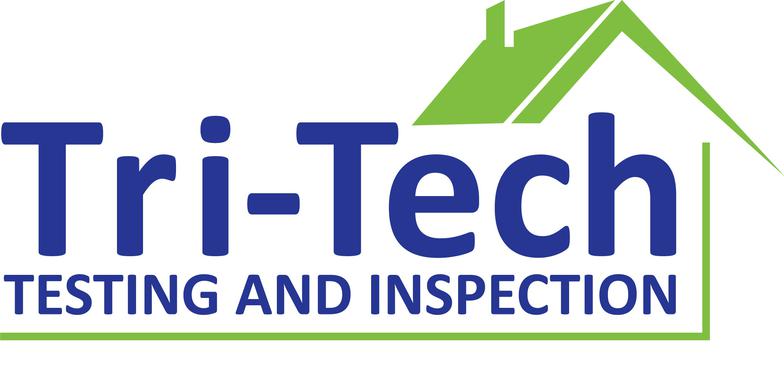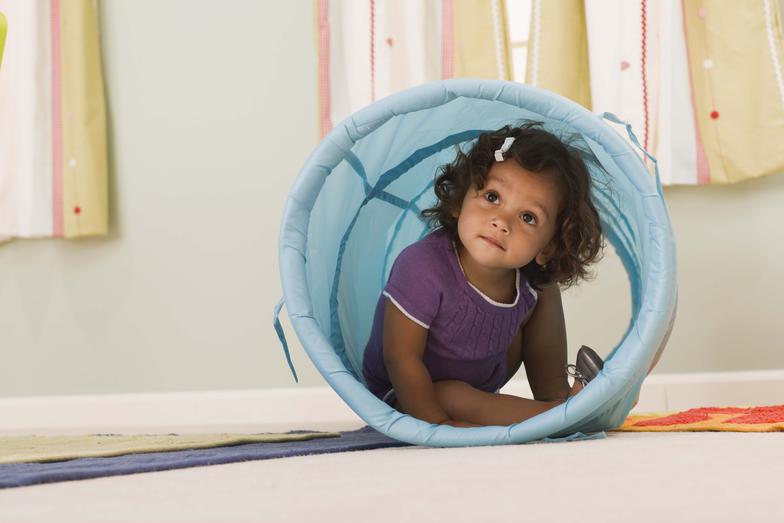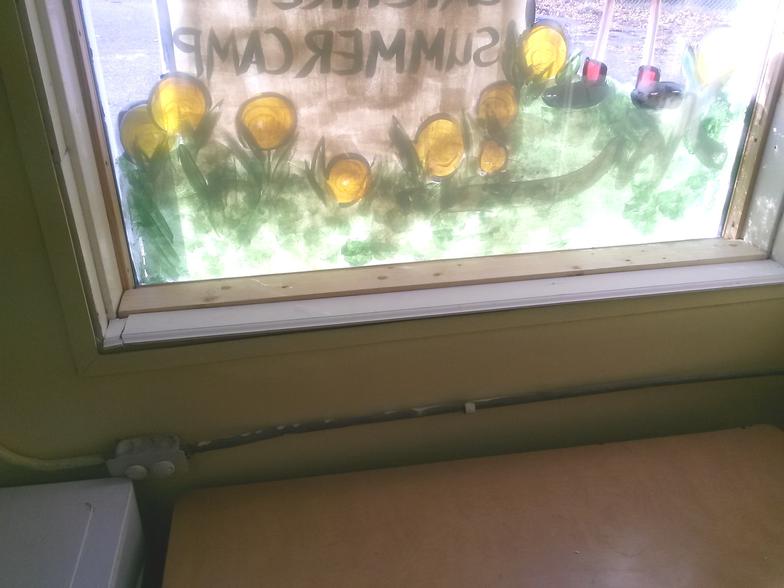(serving SE Michigan)

Lead Testing
for Child-Occupied Facilities
(Day Cares/Early Learning Centers)
State regulations require that licensed commercial child-occupied (6 and under) facilities be certified as "lead-safe." The main child-occupied activity and classroom areas are investigated for damaged lead paint and other sources of lead that could present a health risk (e.g. leaded window blinds and corkboards). A cursory check of “pass-through” areas (bathrooms, offices, kitchens etc.) is performed to determine that there is no substantial paint damage or other lead sources present that could be a source of concern in the adjacent areas. Paint and other surfaces are tested by an XRF gun that measures the concentration of lead, providing immediate results. In addition, surface dust samples are collected of floors and on window sills of each of the main activity rooms (and inside troughs if sash windows are present). Finally, an inspection of exterior play areas are performed (if any) to determined the presence of damaged lead paint on the exterior of the building or on playground equipment, picnic tables, shelters or other objects in the play area. In addition, areas of bare soil (including sandboxes) exceeding 9 square feet are required to be tested for lead content.

For a day care operator, its generally easy to identify and repair a majority of the potential concerns on walls, ceilings and trim. The less obvious things to look for include worn door jambs and nicked or deteriorated paint on old furniture or shelving. Also, the interior of the windows should be thoroughly cleaned. Occassionally, failing results are obtained from around vinyl windows either due to dust generated from lead-stabilized vinyl (imported from China) or from deposition of air pollution. Learn more about common misconceptions about lead . From the Michigan Regulations...
Licensed Day Care: R 400.5940 Maintenance of premises. Includes public and private pre-kindergarten programs
Lead hazard control need not be expensive and difficult! Often there are simple solutions. In this example above, a window sill contained deteriorated lead paint. The day care owner was able to take some scrap baseboard that was mounted on top of the sill with a few drywall screws and finished in with some caulk, from supplies that were left over from recent renovation work.The damaged paint on the window sill was totally enclosed and no longer a lead hazard. Total cost to the owner was $0 in materials and about one half hour of labor!

Lead hazard control need not be expensive and difficult! Often there are simple solutions. In this example above, a window sill contained deteriorated lead paint. The day care owner was able to take some scrap baseboard that was mounted on top of the sill with a few drywall screws and finished in with some caulk, from supplies that were left over from recent renovation work.The damaged paint on the window sill was totally enclosed and no longer a lead hazard. Total cost to the owner was $0 in materials and about one half hour of labor!
(8) Child care centers licensed after the effective date of these rules located in structures built before 1978 shall have a lead hazard risk assessment performed by a certified lead risk assessor. Any lead hazards identified shall be addressed as noted in the lead hazard risk assessment report.

At this time, testing drinking water for lead remains optional (but a good idea!).
Child Care in Private Homes
While a Lead Risk Assessment is not required, don't forget about your other regulatory requirements pertaining to lead:
R 400.1932 (Rule 7) (1) (vii) If the child care home was built prior to 1978, then the caregiver shall inform the parents of each child in care and all assistant caregivers of the potential presence of lead-based paint or lead dust hazards , unless the caregiver maintains documentation from a lead testing professional that the home is lead safe.
R 400.1932 (Rule 32)
(6) There shall be no flaking or deteriorating paint on interior and exterior surfaces, equipment, and toys accessible to children.
(7) If the child care home was built prior to 1978, then the caregiver shall inform parents of each child in care and all assistant caregivers, in writing, prior to any remodeling, renovating or re-painting that could potentially disturb lead-based paint or produce lead dust.
Due to these requirements, you may decide it is best to have the home inspected for lead paint and hazards rather than disclosing that there are unknowns and potential for lead paint or hazards.
I'm Ready to Get Started! Send me a quote or contact me:
Testing fees are based on the number of activity or other child-occupied rooms. Gyms and large gathering spaces are treated as two rooms. An exterior play area is treated as a room. Additional travel fees may apply over 45 miles from Detroit. If you would like a quote, please send a description of your child care facility and the number of rooms with the location:
Contact Us
We will get back to you as soon as possible
Please try again later
Other Potential Child Health Hazards Tri-Tech can also assist with identification of other potential health hazards that can affect a day care:
• Lead and copper in drinking water
- Cadmium yellow-painted parking bumpers sometimes present in play areas
Learn more about the regulated and unregulated contaminants potentially affecting a child care setting.
Workers performing Lead Hazard Control Work to make buildings safe for child occupancy are required to have HUD Hazard Control (or equivalent) training. Learn more!
• Parents and staff should be notified of the availability and the right to review lead testing information. A copy of the reports should be maintained on-site and available for inspection.
Facility Operator Reminders
• A copy of all lead testing reports must be provided to the building owner.
• Disturbance of lead-based paint exceeding 6 square feet in the interior or over 2 square feet of a small interior building component or 20 square feet on the exterior must be conducted by an EPA-certified Lead Renovator or by HUD hazard control-certified workers. Lead hazard control need not be expensive and difficult! Often there are simple solutions. In this example above, a window sill contained deteriorated lead paint. The day care owner was able to take some scrap baseboard and mount it on top of the sill with a few drywall screws and finished it in with some caulk from supplies that were left over from recent renovation work.The damaged paint on the window sill was totally enclosed and no longer a lead hazard. Total cost to the owner was $0 in materials and about one half hour of labor for this resourceful building owner!
REQUEST INFORMATION
We will get back to you as soon as possible
Please try again later
Oak Park, Michigan USA
